شکل ۲۷ نمای خارجی، نقشه ی زمین، و قطعه ی کوچکی از گچ بُری کتیبه را نشان می دهد، همگیِ آن ها چیرگیِ تنوع در تکرار را نشان می دهند. گوته به چنین ساختار های معماری تکرارشونده ای با عنوان «موسیقی منجمد» ارجاع می دهد، اگرچه دیدگاه جدید معماری با عنوان «افراد در حال حرکت از طریق فضا های پُرشده از نور» (۵) شباهتی نزدیک تر را با بداهه پردازی موسیقایی پیشنهاد می دهد.

شکل ۲۷- پارتِنُن انواع تناسب و تعادل حاصل شده در معماری کلاسیک را نشان می دهد. نمای خارجی، نقشه ی زمین، و بخشی از گچ بُری کتیبه که گاهی سنگ های مرمر اِلگین (در حال حاضر در موزه ی بریتانیا) نامیده می شوند همگی خصوصیت های واضح ریتمی را نشان می دهند.
در میان قدیمی ترین استعاره ها برای ریتمْ حرکت های اجرام منظومه ی شمسی مانند مسیر روزانه ی خورشید، هلال و بدر ماه و رفتار چرخه ای سیاره ها جای دارند. بسیاری از گیاهان رفتارهای ریتمی و ساخت های ریتمی دارند: باز و بسته شدن روزانه ی یک گل، چرخه های سالانه ی برگ ریزی درخت و رویش مجدد آن ها، گیاه بامبو با ساقه ی بلندش که در فواصل نیمه-منظم توسط گره هایی نشانه گذاری شده است. گردن بندی از مهره ها قیاسی را در اختیار می گذارد که درآن مهره ها نمایان گر ضرب های منظم هستند درحالیکه مدوّر بودنِ آن نشان-گر ساخت تکرارشونده ی وزنی است. هر دانه ی شن که از یک ساعت شِنی فرو می ریزد استعاره ایست از ذره ی ریز صدا، و نظم دانه های شنِ در حالِ عبور از گردنه ی آن نمایان گر نظم اثر موسیقایی است. زاکِرکَندِل اظهار می دارد که یک موج (آب) شباهت قوی ای از ریتم را نشان می دهد: احساس تکرارشونده ی آرامش، تنش های صعود کننده، رسیدن به اوج، و سپس فروکش کردن نهایی (Zuckerkandl 1956).
پی نوشت
۵- راجِر تراکِر، مکاتبه های خصوصی.
مراجع
Al-Urmawî, Safî al-Din
۱۹۳۸ Kitˆab al-Adwˆar 1252, trans. R. Erlanger in La Musique arabe, Paul Geuthner, Paris.
Anku, Willie
۲۰۰۰ “Circles and Time: A Theory of Structural Organization of Rhythm in African Music”, Music Theory Online 6/1.
Brown, Judith C.
۱۹۹۳ “Determination of the Meter of Musical Scores by Autocorrelation”, Journal of the
Acoustical Society of America 94/4: 1953–۱۹۵۷.
Cooper, Grosvenor, and Leonard B. Meyer
۱۹۶۰ The Rhythmic Structure of Music, University of Chicago Press.
Cowell, Henry
۱۹۹۶ New Musical Resources, Cambridge University Press (Original publication Alfred A. Knopf, 1930).
De Poli, Giovanni, Aldo Piccialli, and Curtis Roads (Eds)
۱۹۹۱ Representations of Musical Signals, The MIT Press, Cambridge, MA.
Duesenberry, J.
۱۹۹۹ “The World in a Grain of Sound”, Electronic Musician.
Fraisse, Paul
۱۹۶۳ The Psychology of Time, Harper & Row, New York.
Gabor, Dennis
۱۹۴۷ “Acoustical Quanta and the Theory of Hearing”, Nature 159: 591–۵۹۴.
Ganassi, Sylvestro
۱۹۵۶ Fontegara, Venice 1535. Ed. H. Peter, trans. D. Swainson, Berlin.
Hall, Rachel W., and Paul Klingsberg
۲۰۰۴ “Asymmetric Rhythms, Tiling Canons, and Burnside’s Lemma”, in Bridges Proceedings, 189–۱۹۴.
Hutchinson, Ann
۱۹۷۰ Labanotation: The System of Analyzing and Recording Movement, Theatre Arts Books.
۱۹۶۷ “History of dance notation”, The Dance Encyclopedia, Simon and Schuster.
Jones, Mari R.
۱۹۹۰ “Musical Events and Models of Musical Time”, in R. Block, Ed., Cognitive Models of Psychological Time, Lawrence Erlbaum Associates, Hillsdale NJ.
King, Anthony
۱۹۶۱ “Employments of the “Standard Pattern” in Yoruba Music”, African Music 2/3.
Malm, William P.
۱۹۹۶ Music Cultures of the Pacific, the Near East, and Asia, Prentice-Hall, NJ.
Povel, Drik-Jan, and Hanss Okkerman
۱۹۸۱ “Accents in Equitone Sequences”, Perception and Psychophysics 30: 565–۵۷۲.
Roads, Curtis
۲۰۰۲ Microsound, MIT Press.
Sachs, Curt
۱۹۵۳ Rhythm and Tempo, W. W. Norton and Co., Inc. NY.
Schillinger, Joseph
۱۹۴۶ The Schillinger System of Musical Composition, Carl Fischer, Inc. NY.
۱۹۷۶ Encyclopedia of Rhythms, Da Capo Press, NY.
Stockhausen, Karlheinz
۱۹۵۹ “…How Time Passes… “, die Reihe 3: 10–۴۳, English edition trans. by C. Cardew.
Tiemann, Boppo, and Bengt Magnusson
۱۹۹۱ “A Notation for Juggling Tricks”, Jugglers World.
Tzanetakis, George, and Perry Cook
۲۰۰۲ “Musical Genre Classification of Audio Signals”, IEEE Transactions on Speech and Audio Processing 10/5.
Wishart, Trevor
۱۹۹۴ Audible Design, Orpheus the Pantomine, York.
Xenakis, Iannis
۱۹۷۱ Formalized Music, Indiana University Press, Bloomington, IN.
Zuckerkandl, Victor
۱۹۵۶ Sound and Symbol, Princeton University Press, Princeton, NJ.
بیوگرافی نویسنده:
ویلیام اِی. سِتِرز متولدِ ۱۹ آپریل ۱۹۵۵ در ماساچوستِ آمریکا، نظریه پرداز موسیقی و استاد مهندسی برق در دانشگاه ویسکانسین. پژوهش وی متمرکز بر کاربردهای پردازش سیگنال در صوت شناسی، پردازش تصویر، مخابرات و بهینه سازی است. در موسیقی، او در نظریه ی تنالیته ی پویا مشارکت داشته است و رسمی سازی ملایمت را ارائه کرده است. از آثار او می توان به دو کتاب «کوک، شیوش، طیف، گام» و «ریتم و ترادیسی» و ده ها مقاله ی دیگر اشاره کرد.


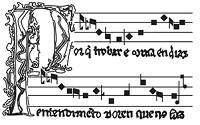
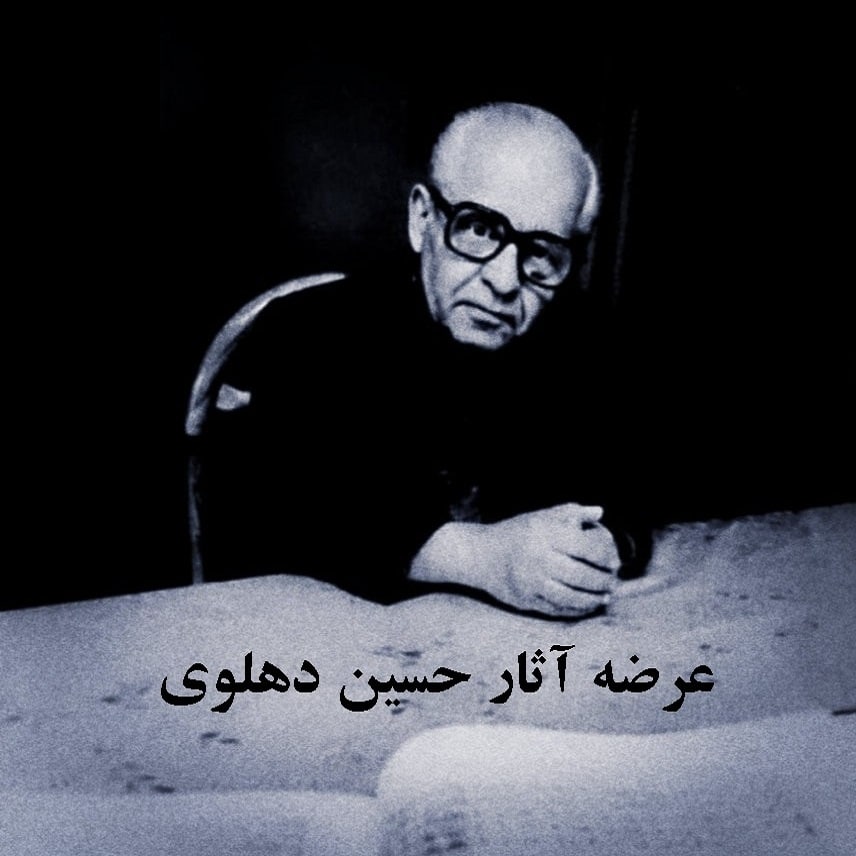



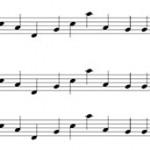


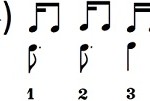
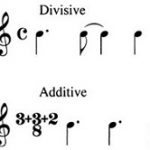
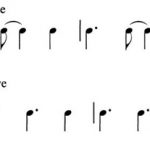
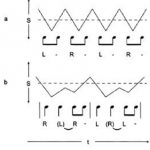
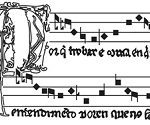
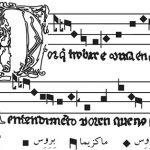
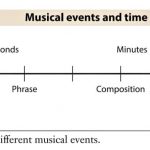
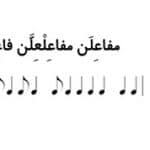











۱ نظر